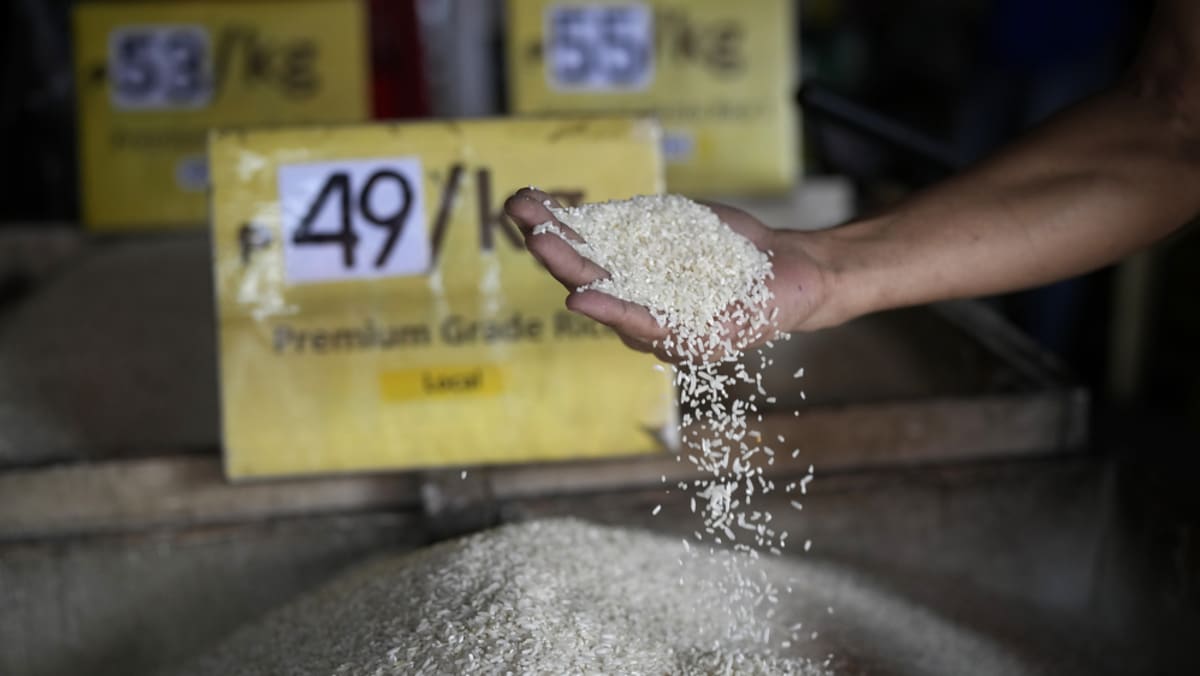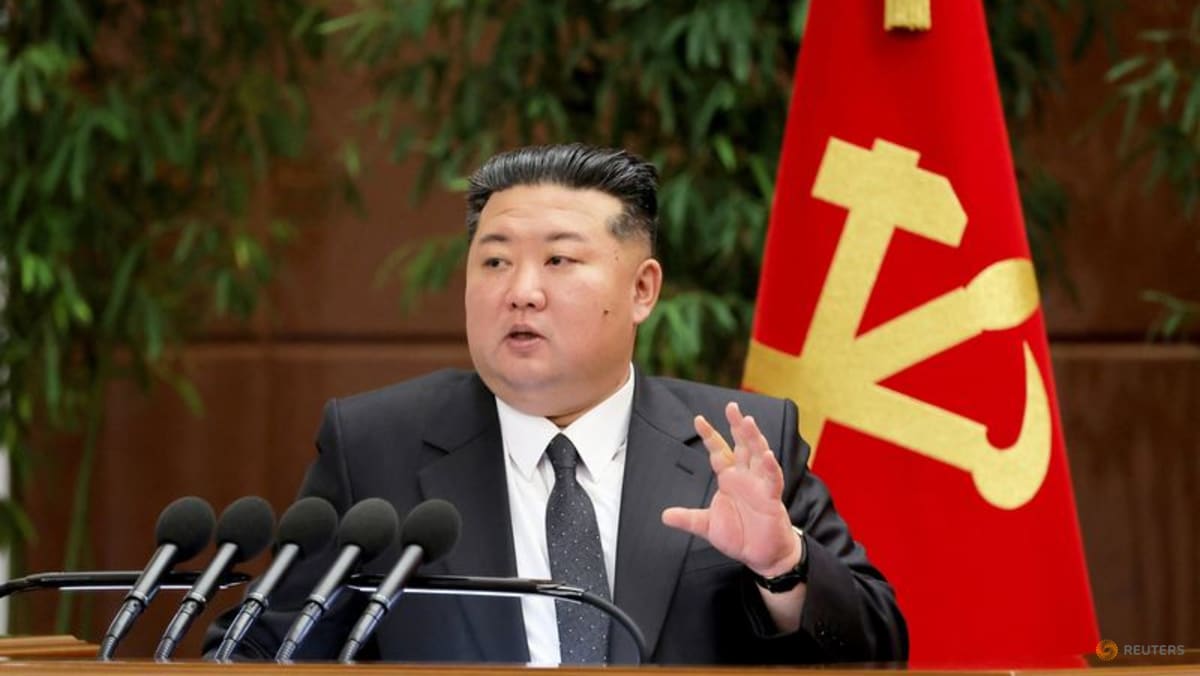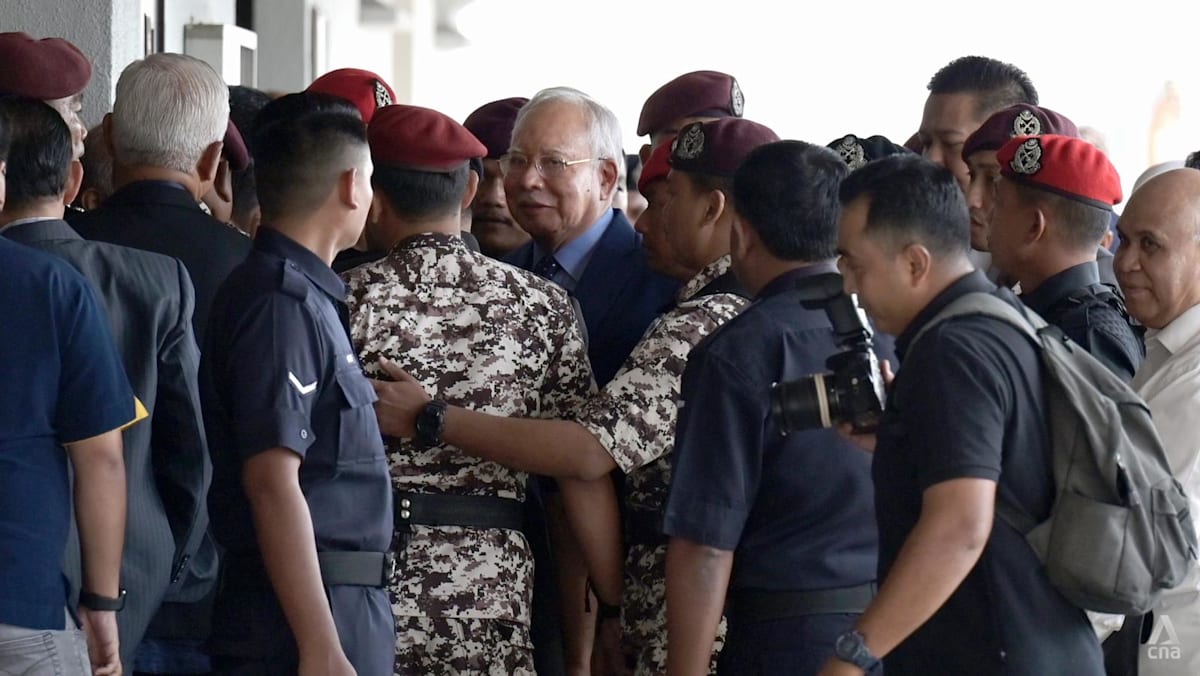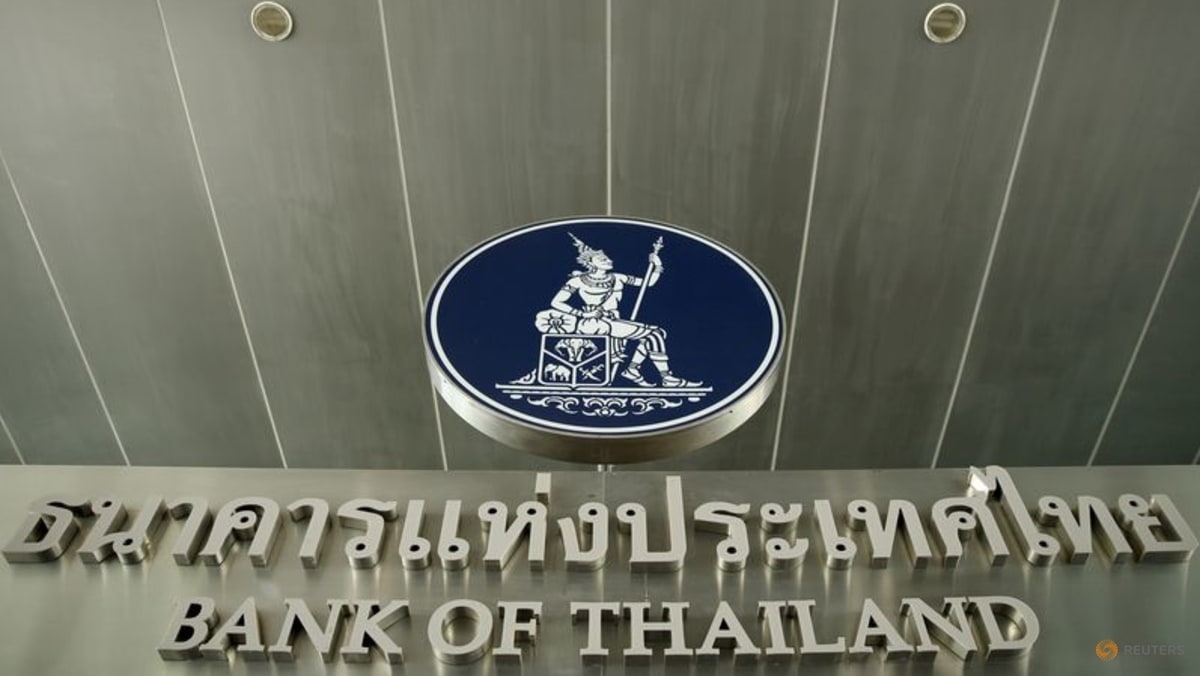Commentary: Rice export bans and price caps are a food crisis risk for Asia

DEMAND FOR RICE RISING FAST
Sadly, the lessons of the 2007 to 2008 rice price spike, when the grain’s cost more than tripled in a few weeks to above US$1,000 a tonne, haven’t been heeded. Then export bans, price caps and hoarding made a difficult situation a tragedy. Asia risks the same result now.
Asian nations understandably need to protect their vulnerable populations from sharp increases in food costs, but they have more nuanced tools available than widespread export restrictions and one-size-fits-all price caps. Targeted support, including via strong welfare safety nets, works better – and it’s far cheaper.
The current trouble highlights the need to support more rice production. The good news is that Asian governments have learned several lessons from the 2007 to 2008 food crisis and stepped up help to their farmers, with production since then posting records almost every year.
Even in 2023, despite El Nino-linked droughts, output is expected to reach an all-time high. The bad news is that demand is rising even faster, boosted by booming population growth and a decline in extreme poverty in corners of Asia and Africa.
To keep up, governments need even more production. That’s tricky in an era of climate change when the world is trying to reduce its use of fertilisers and water.
One option is further investment in better seeds, including genetically modified ones. For years, China opposed genetically modified organisms; now it’s opening the door, starting with corn.
Another alternative is to improve farming infrastructure, including silos, to avoid crop losses after harvest. In the latter area, regional development banks could do much more to channel money.
Rather than trying to bend the supply-and-demand diagrams, Asia needs to embrace the curve, letting free markets work. Magno is back to teaching, this time a course about public economics. We can only hope some officials drop by her class.
Source: CNA















